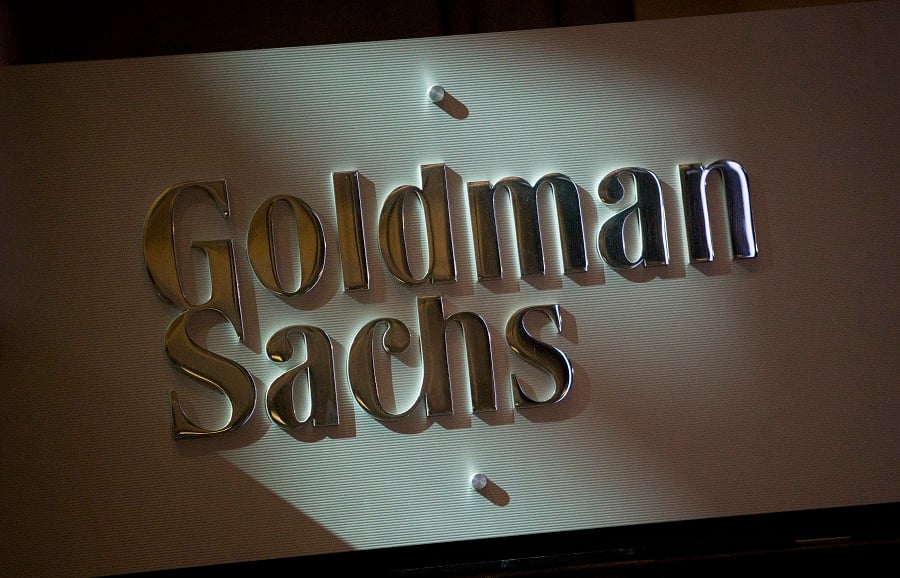

Goldman Sachs is rebranding United Capital, which it acquired in May for $750 million in cash, as Goldman Sachs Personal Financial Management.
The bank announced the new name Wednesday during its first-ever investor day, as Eric Lane, co-head of Goldman’s consumer and investment management division, detailed plans to grow its financial advice business.
Traditionally, the firm has offered advice only to the ultra-wealthy, defined as investors with more than $10 million of investible assets, and to corporate executives via its Private Wealth Management and Ayco businesses, respectively. According to Mr. Lane, Goldman's share of the high-net-worth market (investors with $1 million to $10 million) is less than 1%, and it has no presence among the mass affluent.
[More: New big kid on the block]
Goldman still sees Private Wealth Management as its “crown jewel,” and plans to add 250 new financial advisers over the next three years.
The bank also plans to use Marcus, its digital consumer bank, to expand among the mass affluent. Goldman will add a robo-advice component later this year and plans to launch Marcus checking accounts in 2021. Goldman is also planning a version of the product for Ayco customers that it calls Marcus@Work.
Mr. Lane sees an opportunity to use United Capital and Marcus to grow its presence among HNW and mass affluent investors.
“Integrating the Ayco financial counseling tools with the technology of United Capital will give our Personal Financial Management advisors a very unique offering from which we can grow our high-net-worth client base,” Mr. Lane said, adding that United Capital advisers are already receiving client referrals.

Former Northwestern Mutual advisors join firm for independence.

Executives from LPL Financial, Cresset Partners hired for key roles.

Geopolitical tension has been managed well by the markets.

December cut is still a possiblity.

Canada, China among nations to react to president-elect's comments.
Streamline your outreach with Aidentified's AI-driven solutions
This season’s market volatility: Positioning for rate relief, income growth and the AI rebound
